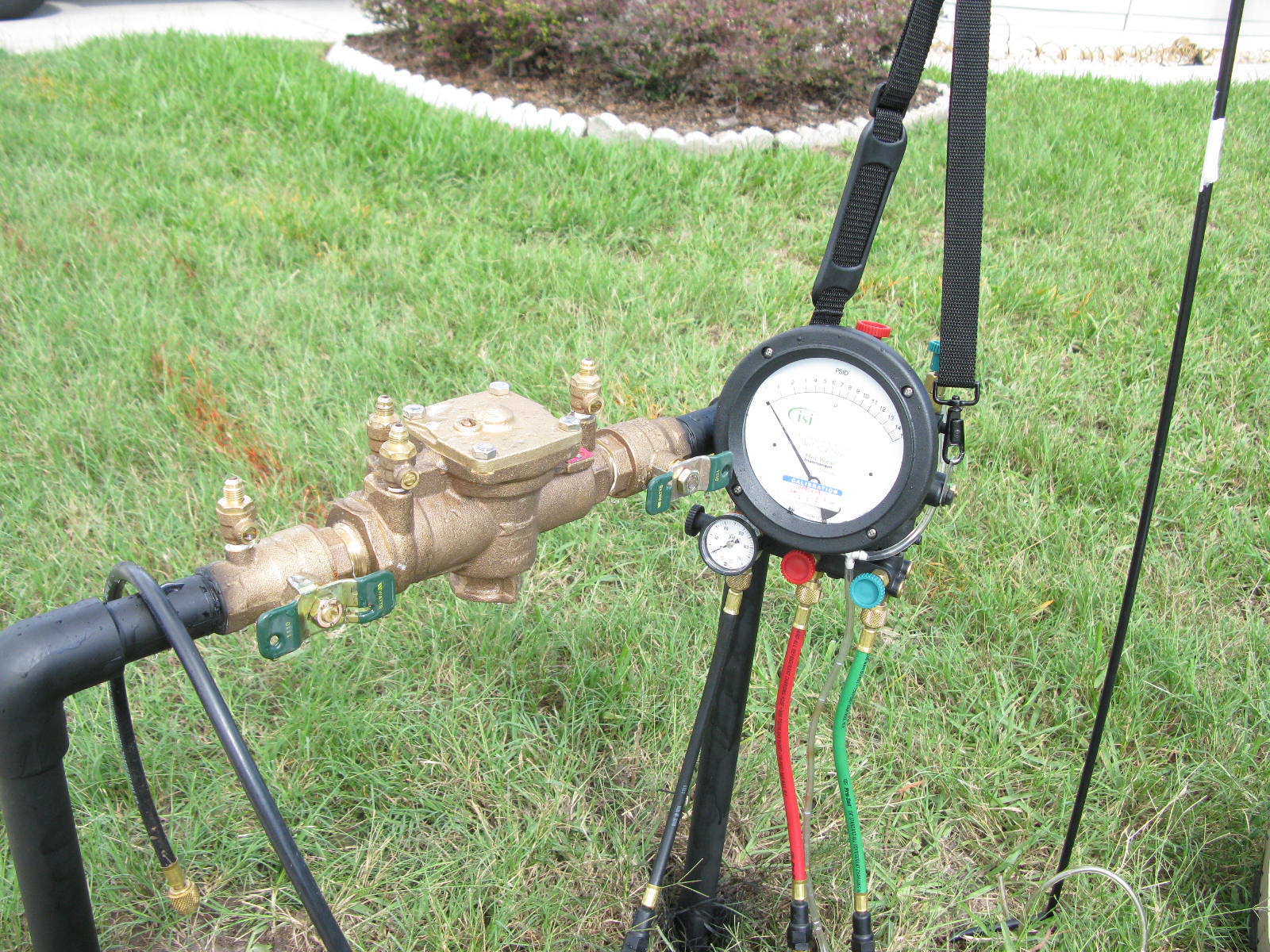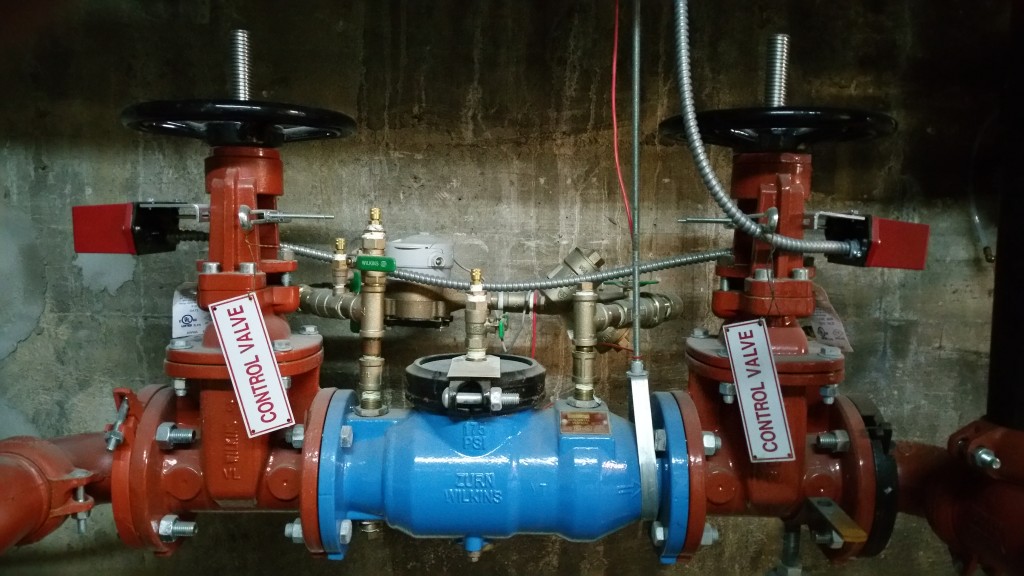Do I Need to Have a Backflow Test for My Water
Do I Need to Have a Backflow Test for My Water
Blog Article
What are your thoughts and feelings on Is backflow testing necessary??

Yes, you need to backflow test your house's supply of water to ensure that the water is devoid of toxic substances as well as dangerous levels of chemicals. Because of the devices required and also space for error, you ought to not attempt to execute heartburn screening by yourself. We recommend that you call a specialist plumber every couple of years to evaluate your water.
What is Backflow?
Simply put, heartburn is when water moves upwards-- the opposite instructions in the plumbing system. This is also called "backpressure." When the water moves in this direction, it can mix with unsafe toxins and present a threat.
What Creates Heartburn?
A typical reason of heartburn is a loss of water stress that causes the water to siphon back right into the water supply. After some time, there is a loss in water stress and the hose pipe begins to suck the water back into the water supply. As you can envision, there are currently chemicals from the paint that are entering the water supply, potentially presenting a risk.
Backflow Testing is Required by Law in Certain Cities
Depending on where you live, you might in fact be required by law to backflow test your legislation. Iowa City keeps a document of all homes served by the city's water supply.
You Can Prevent Backflow
The major function of a backflow device is to prevent water from moving in reverse right into your water supply. Plumbings mount the device on the pipes in your residence to make sure that the water just moves in the appropriate direction.
Heartburn Can Effect Both You and Your City
Many cities develop heartburn standards since unsafe backflow can impact the general public water in addition to a solitary building. Thankfully, modern-day cities have backflow devices in place that secure the supply of water that originates from the majority of homes as well as business homes. The real danger originates from irrigation systems, which can hurt the water with toxic plant foods, manure, as well as various other chemicals.
Call a Plumber to Evaluate for Heartburn Prior To It is Far too late
A plumbing firm can swiftly test your residence's water to figure out if there are any type of unsafe chemical levels. As well as if you do discover that your water has high degrees of toxins, a plumber can conveniently mount a heartburn avoidance gadget.
Yes, you need to backflow test your home's water supply to make certain that the water is totally free of toxins and harmful levels of chemicals. A common reason of backflow is a loss of water stress that causes the water to siphon back into the water supply. After some time, there is a loss in water pressure and the tube begins to suck the water back right into the water supply. The primary function of a heartburn gadget is to prevent water from moving in reverse right into your water supply. Lots of cities develop heartburn standards since dangerous backflow can affect the public water supply in enhancement to a single building.
WHY DOES BACKFLOW TESTING NEED TO BE DONE EVERY YEAR
What Is Backflow?
Toxic gas backing up into a building is one example of potential backflow issues, but backflow can occur in many other ways.
Backflow is generally referred to as the reversal of a liquid or gas in a plumbing system.
Most issues for the public occur with backflow resulting in contaminated drinking water. If you look up backflow issues online you’ll probably find references to “potable” water. That means drinking water.
There have been backflow issues in the past with drinking water. Chemicals, sewage and other contaminants have found their way into drinking water causing health issues for those that count on the fresh water.
What Causes Backflow?
In a residence or commercial building water generally flows one way. This normal flow is usually driven by consistent pressure in the water and waste system.
Anything that changes the normal pressure in the system can lead to backflow.
Fire hydrant use or malfunction can reverse the normal pressure in the system on a city line, but backflow can occur in a number of different ways.
Sometimes backpressure might be caused by someone using a garden hose and submerging the end of the hose in a pool of liquid. If pressure is lost the flow could reverse and contaminants could be released into the drinking water.
Anytime there is a connection between contaminants and the drinking water there is potential for a backflow issue. Sometimes these connections are not immediately obvious like the garden hose connecting to a building’s drinking water supply.
Backflow Regulations
The Environmental Protection Agency (EPA) provides guidelines and regulations for state and local governments regarding backflow. State and local governments also have their own guidelines and regulations for backflow prevention.
Arizona has its own backflow regulations.
Due to issues with backflow in the past, regulations require backflow preventer devices to be used in nearly all residential and commercial buildings.
A backflow preventer is a device that prevents backflow as cross-connection points where potential backflow issues may occur.
While backflow is not a common occurrence, preventers are in place to make sure there is no contamination should something malfunction or go wrong with a building’s water supply.

We were guided to that editorial about What is Backflow Testing? through someone on a different site. For those who enjoyed reading our blog post if you please do not forget to share it. Kudos for your time. Please stop by our site back soon.
Fix today, not tomorrow! Report this page